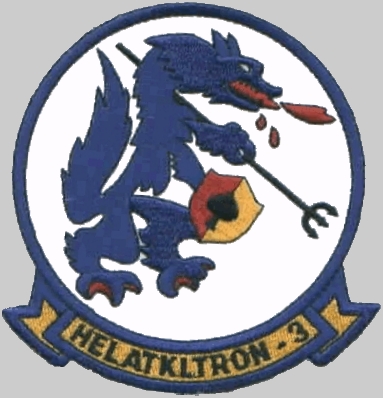 |
||||||
|
HOME
|
US Navy -
ships
|
US Navy - air
units
|
USMC - air
units
|
International
Navies
|
Weapon Systems
|
Special Reports |
||||||
|
|
||||||
|
|
||||||
|
US Navy - Helicopter Attack Squadron,
Light 3 HAL-3 'Seawolves' |
||||||
|
|
||||||
|
||||||
|
10 |
||||||
|
||||||
|
|
||||||
| images | ||||||
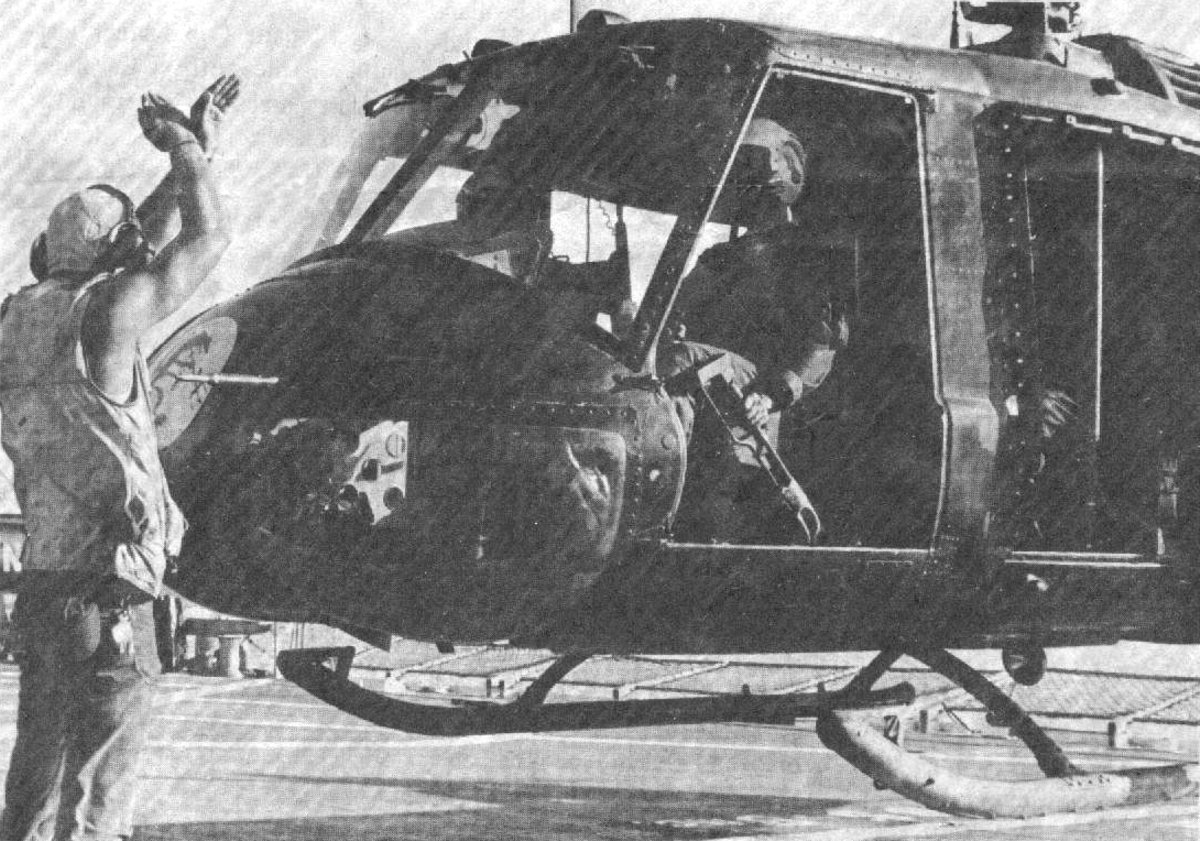 UH-1 Huey (HAL-3) is guided in to a landing atop USS Hunterdon County (AGP-838) for a refueling and rearming stop in May 1970 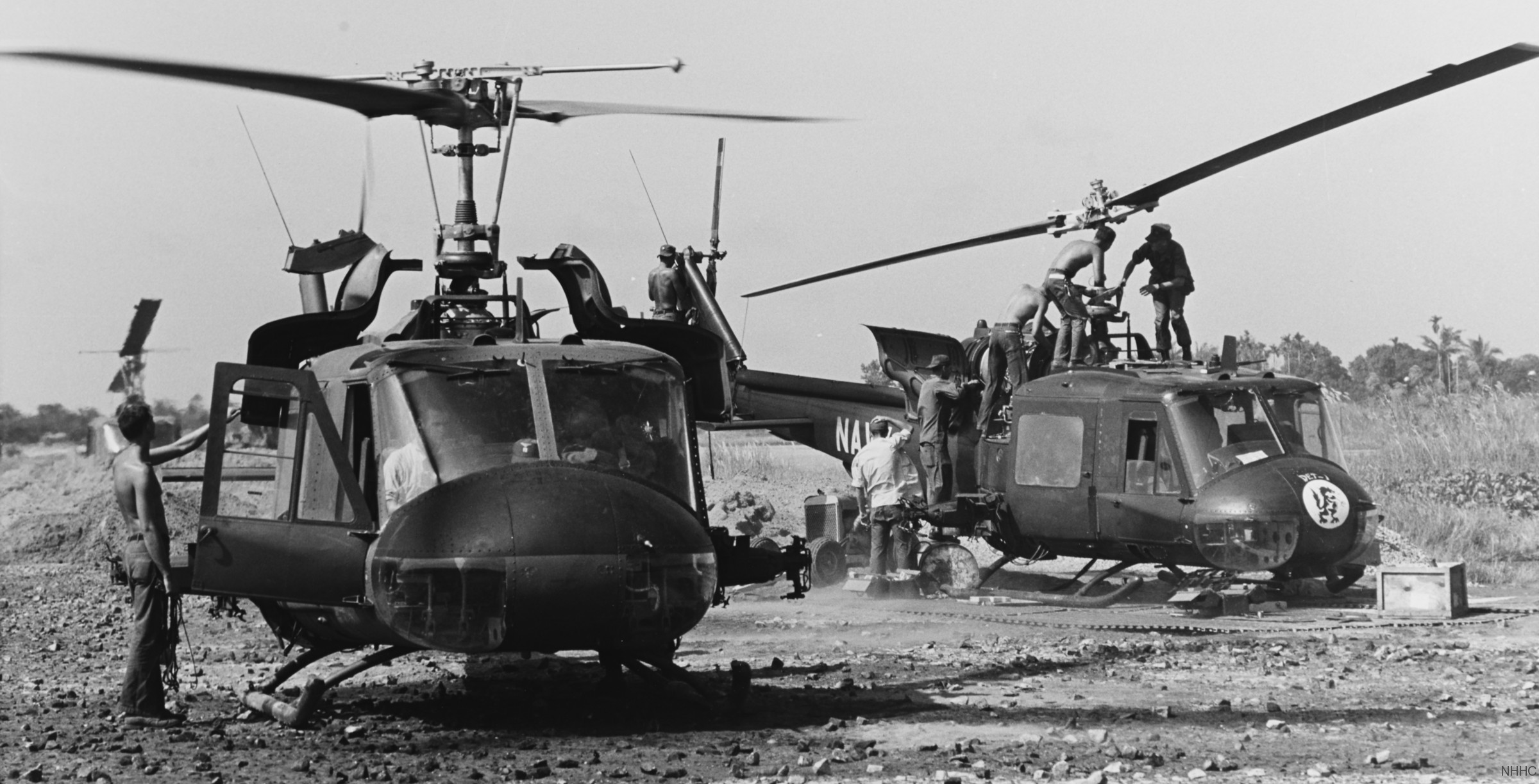 UH-1 Huey (HAL-3) - Vietnam War - October 1969 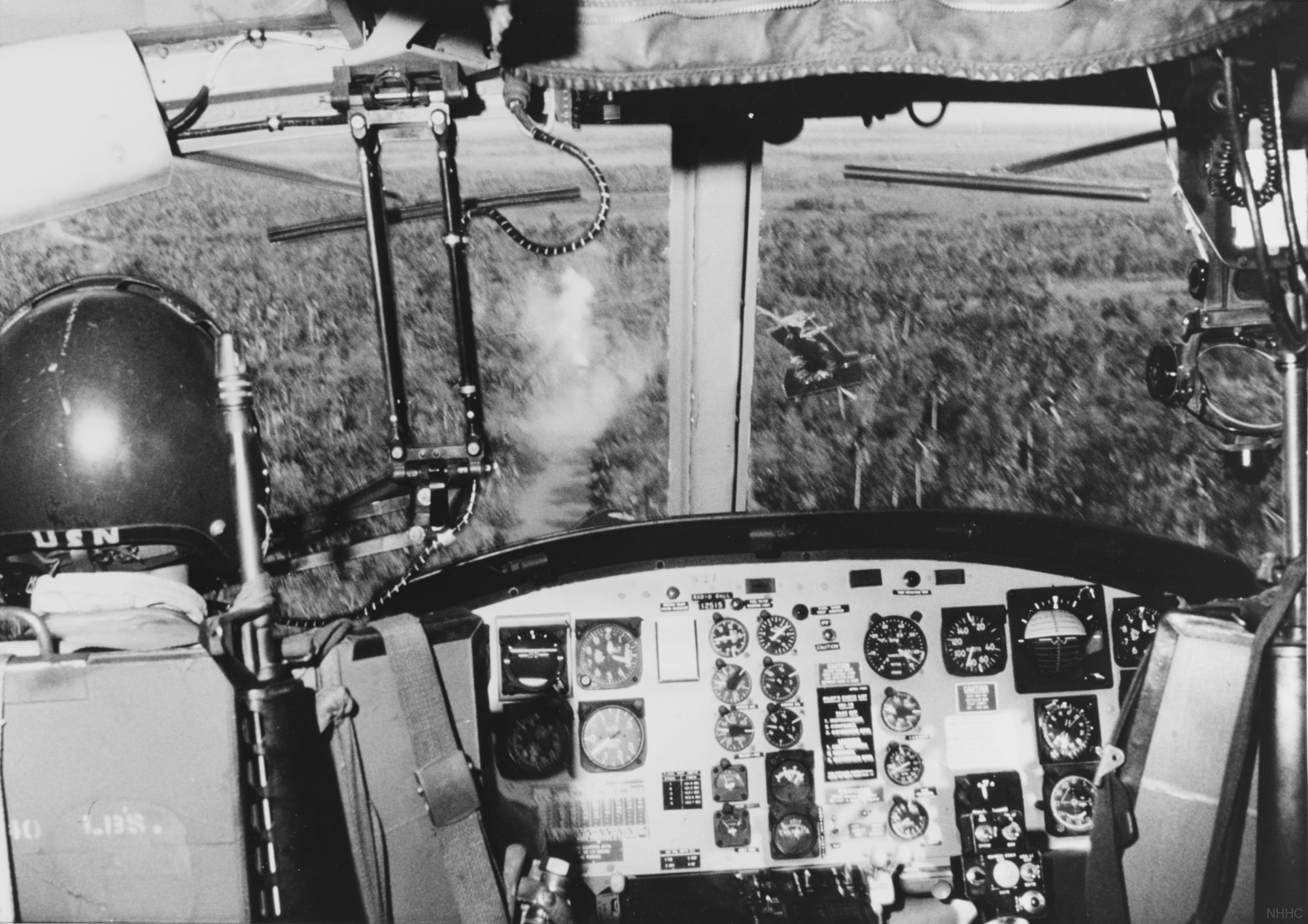 UH-1 Huey (HAL-3) - Vietnam War - October 1969 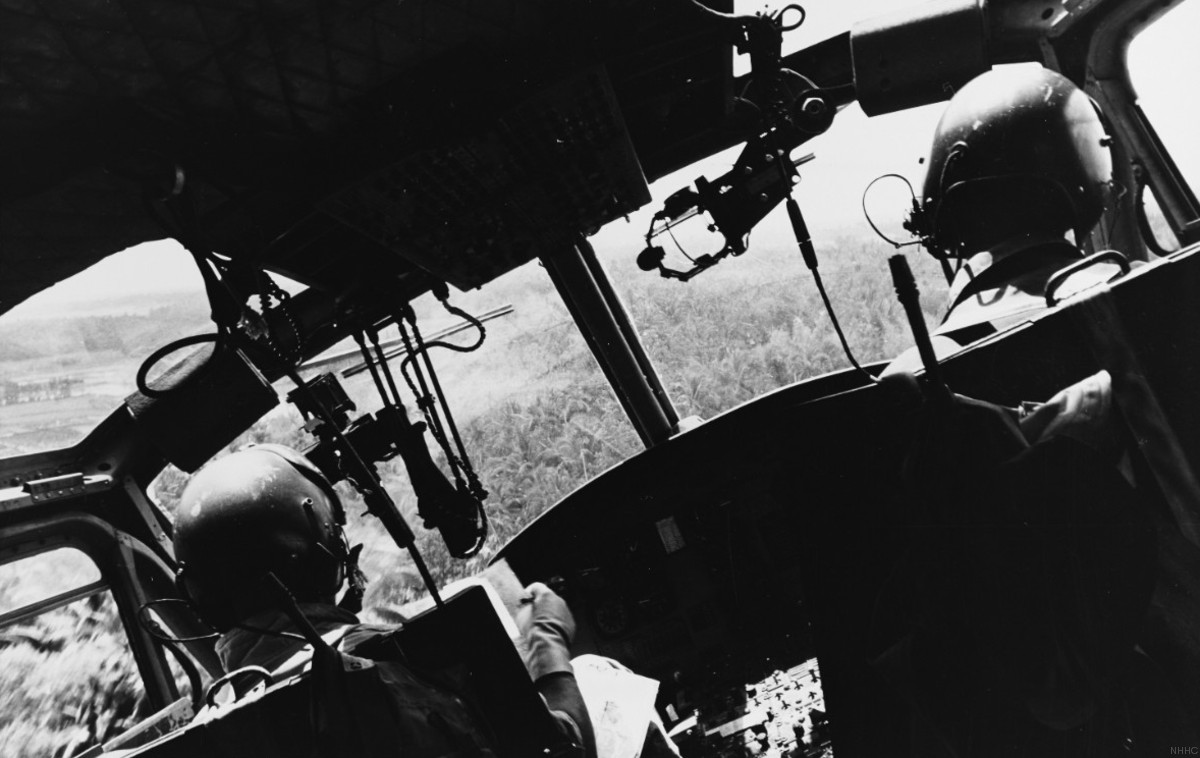 UH-1 Huey (HAL-3) - Vietnam War - October 1969 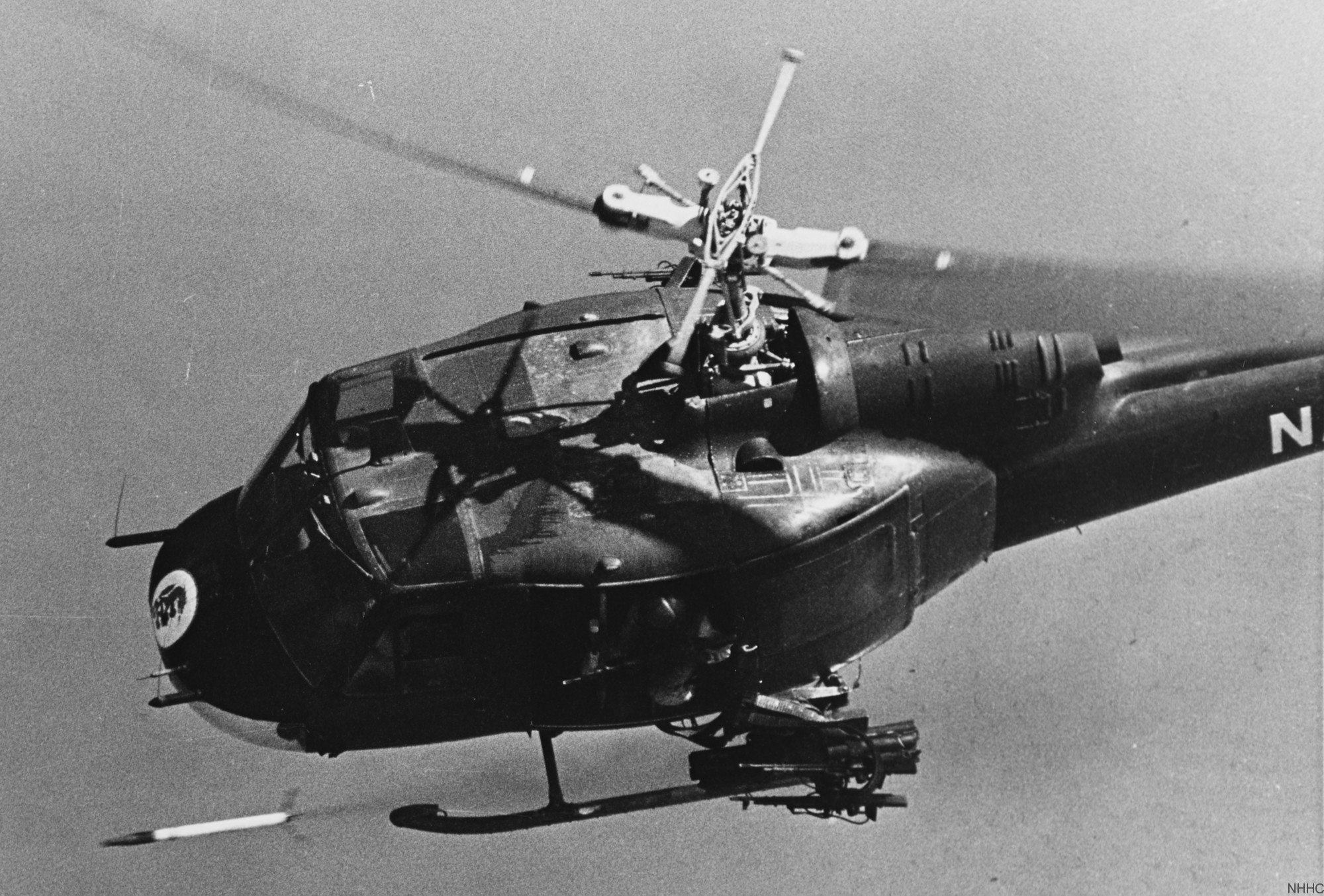 UH-1 Iroquois (Huey) helicopter (HAL-3, Detachment 3) fires a 2.75" rocket during Game Warden operations in the Mekong Delta, Vietnam - October 1969 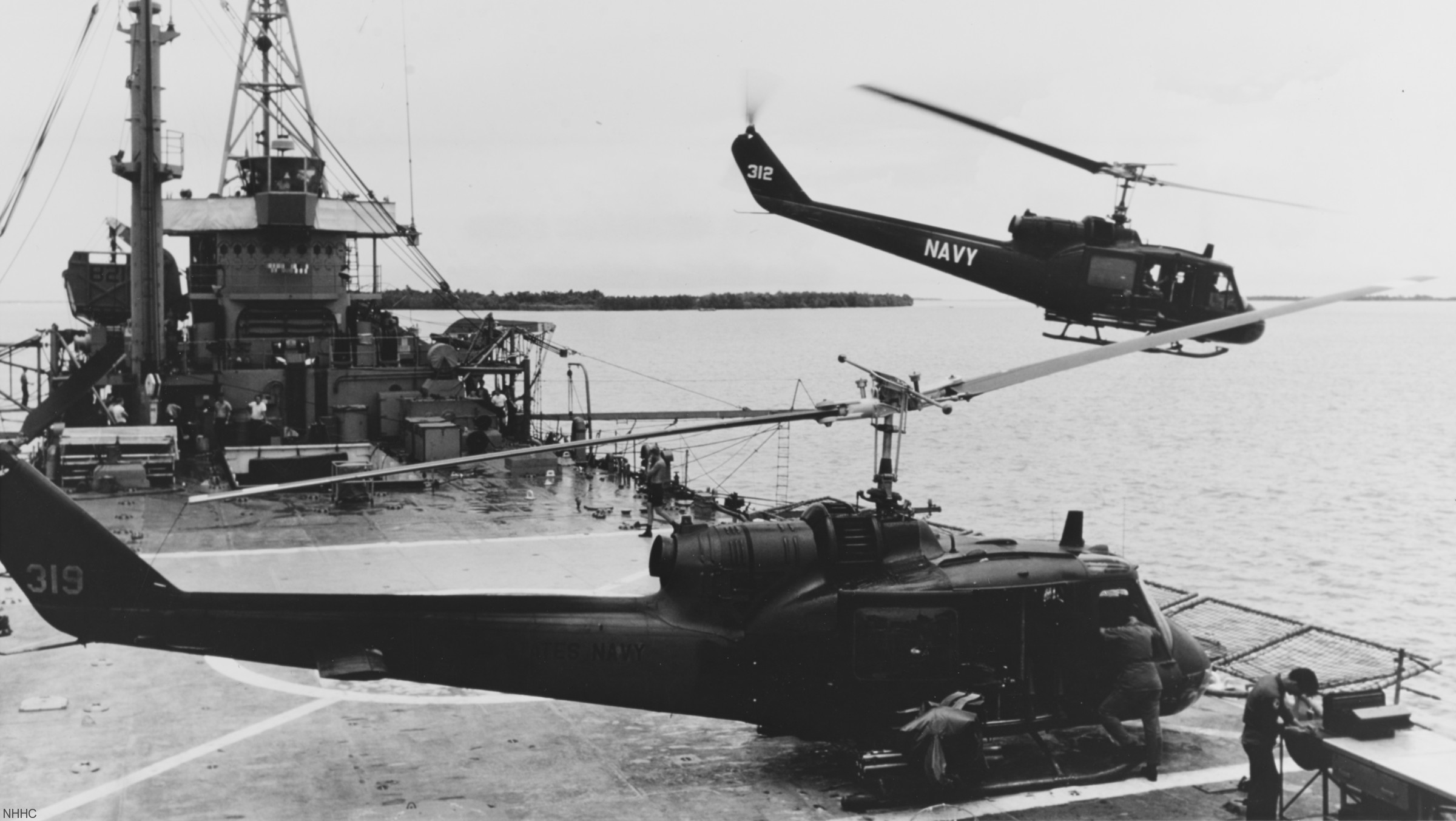 UH-1 Iroquois (Huey) helicopter (HAL-3, Detachment 1) takes off from the Tank Landing Ship USS Harnett County (LST 821) - Vietnam War - September 1969 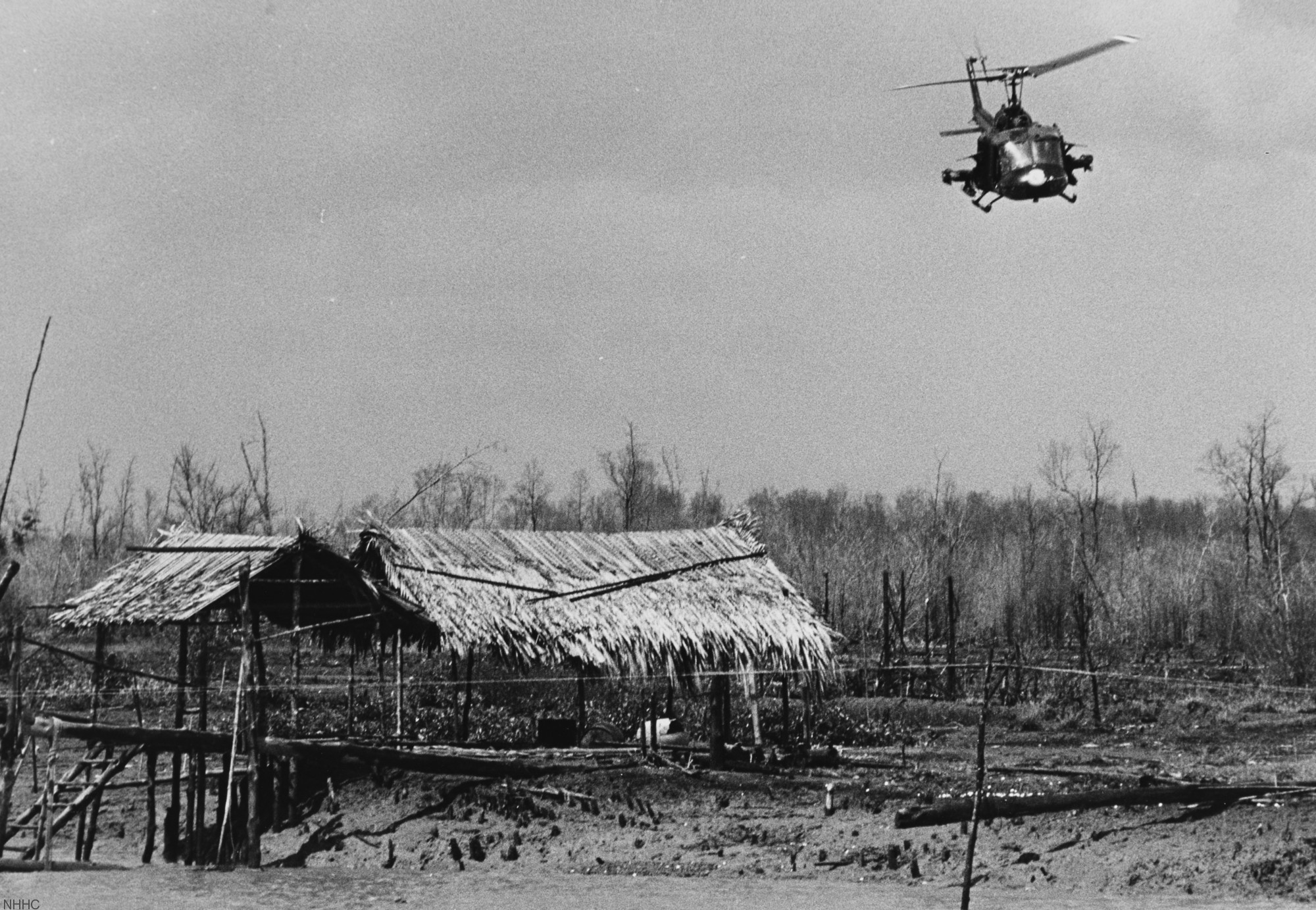 UH-1 Huey (HAL-3) flies over a Viet Cong village on the Cualon River - July 1969 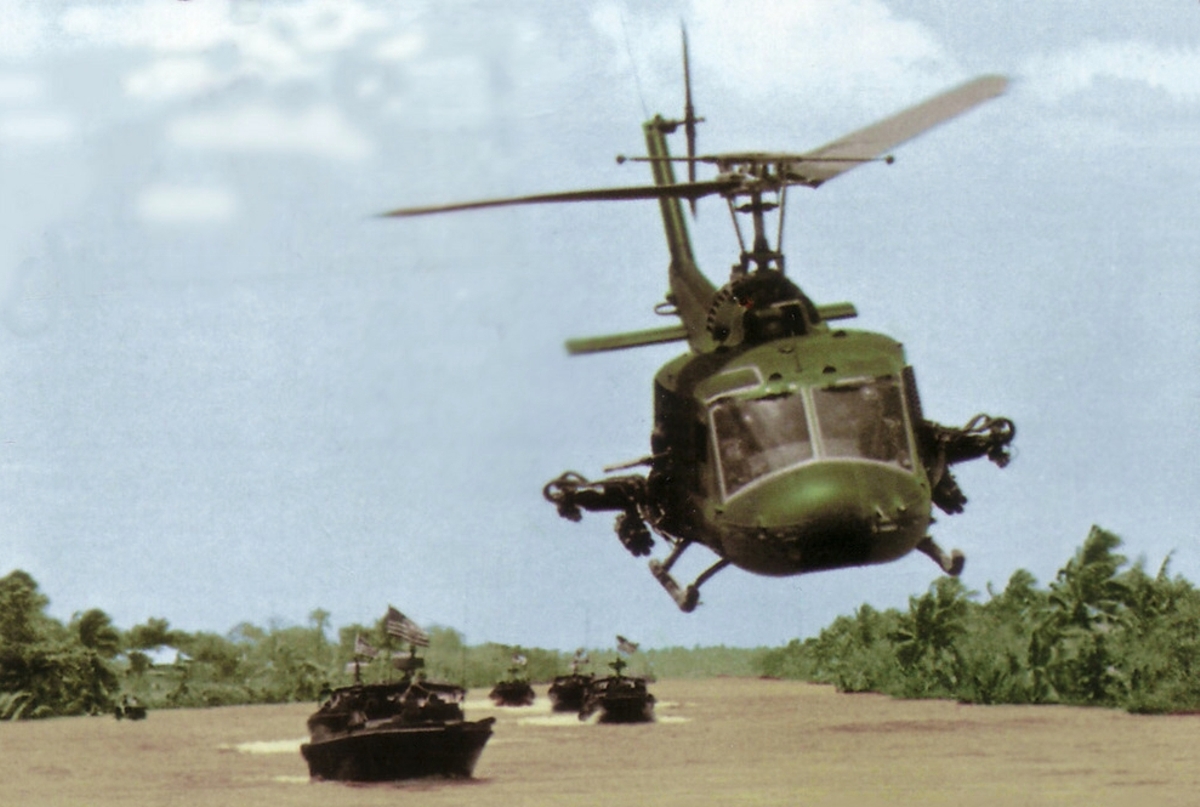 UH-1 Huey helicopter of Helicopter Attack Squadron (Light) 3 (HA(L)-3) escorting river patrol boats in Vietnam - circa 1968 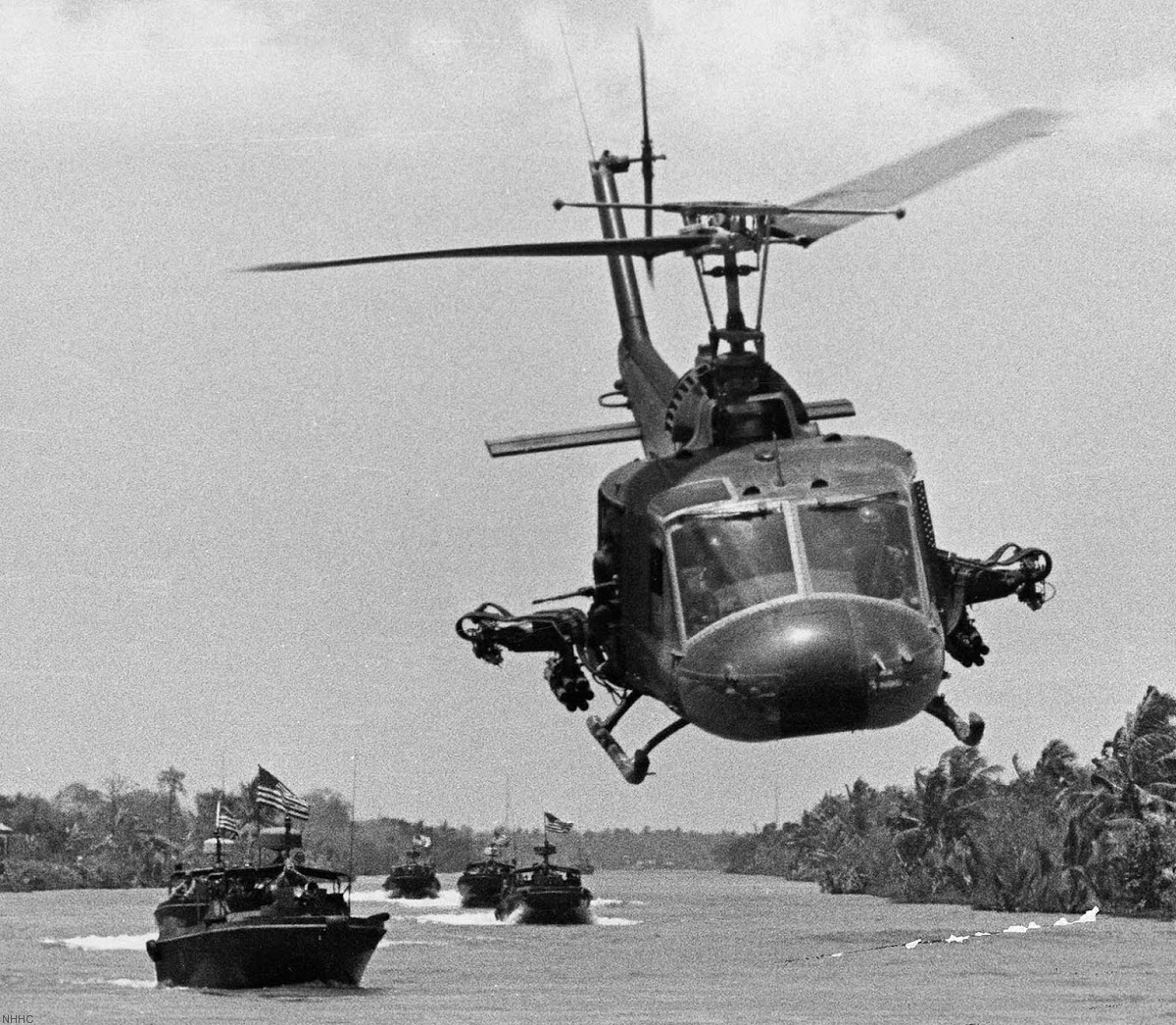 UH-1 Huey helicopter of Helicopter Attack Squadron (Light) 3 (HA(L)-3) escorting river patrol boats in Vietnam - circa 1968 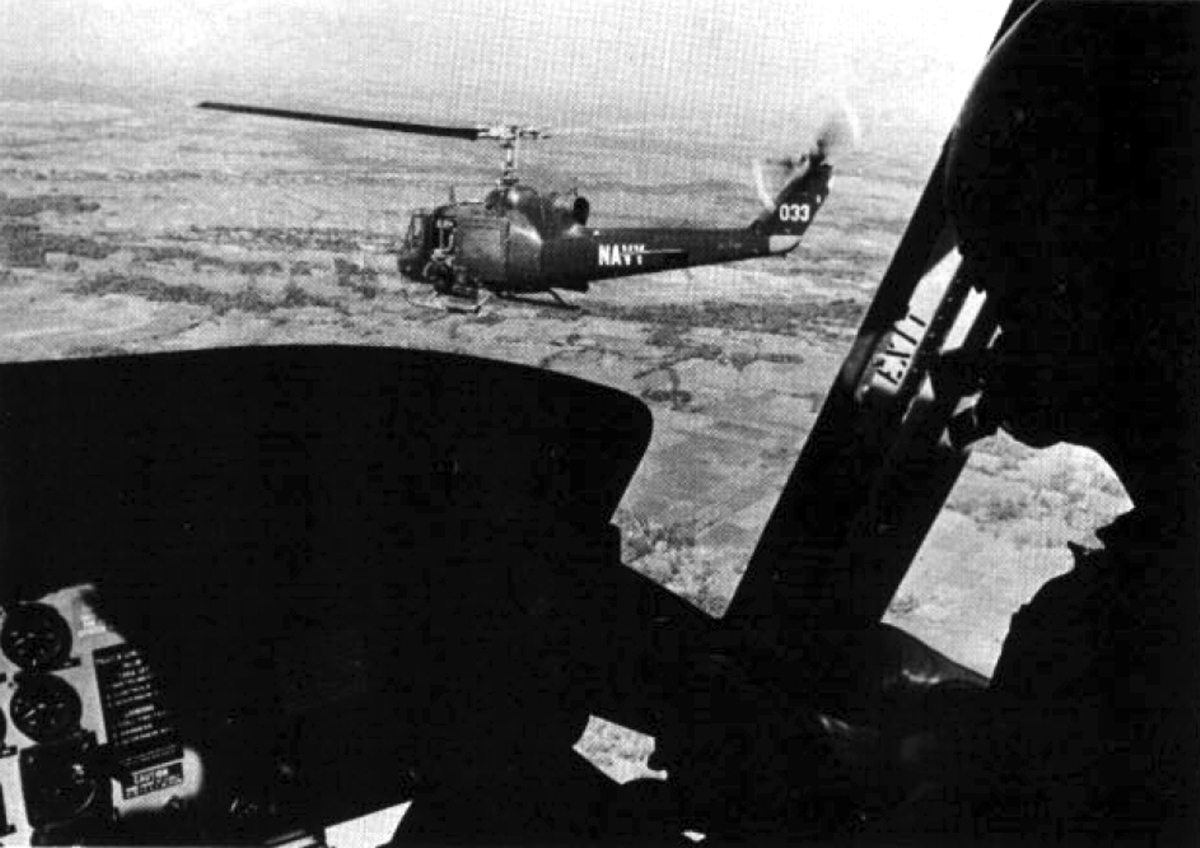 UH-1 Hueys of Helicopter Attack Squadron (Light) 3 (HA(L)-3) Seawolves in flight during a patrol over the Mekong Delta, Vietnam - circa 1968 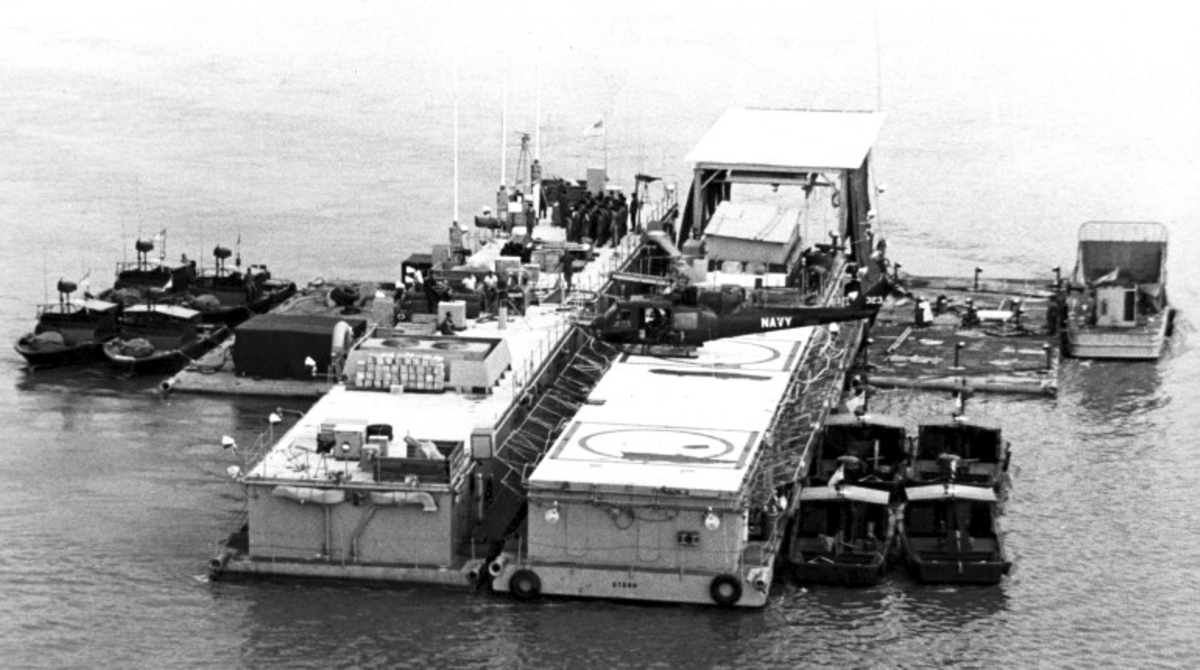 U.S. Navy six-unit Mobile Base II on the Long Tau River, Vietnam, circa 1968. Note the Bell UH-1E Huey helicopter of Helicopter Attack Squadron (Light) 3 (HAL-3) 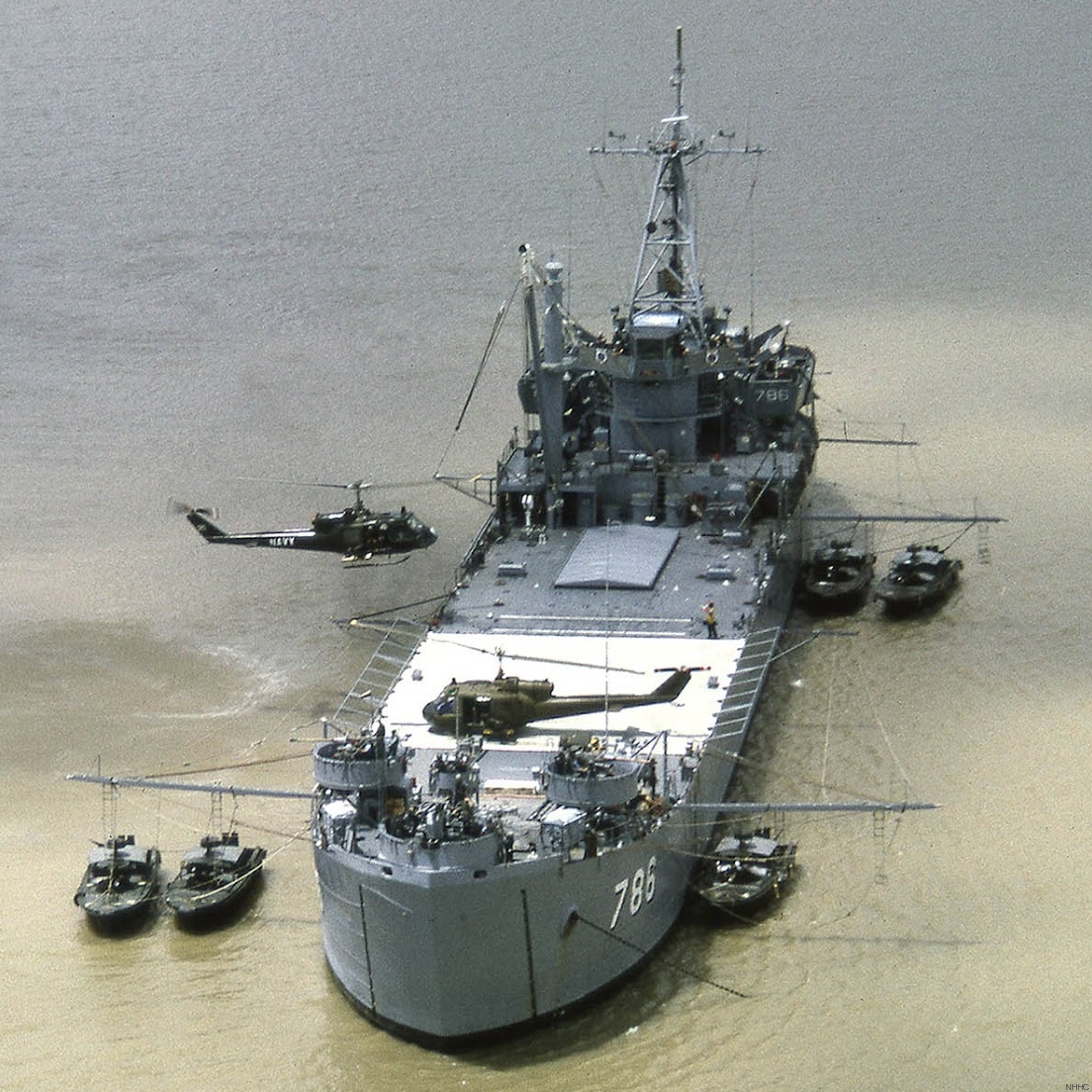 Bell UH-1E Hueys of Helicopter Attack (Light) Squadron 3 Seawolves aboard USS Garrett County (AGP-786) 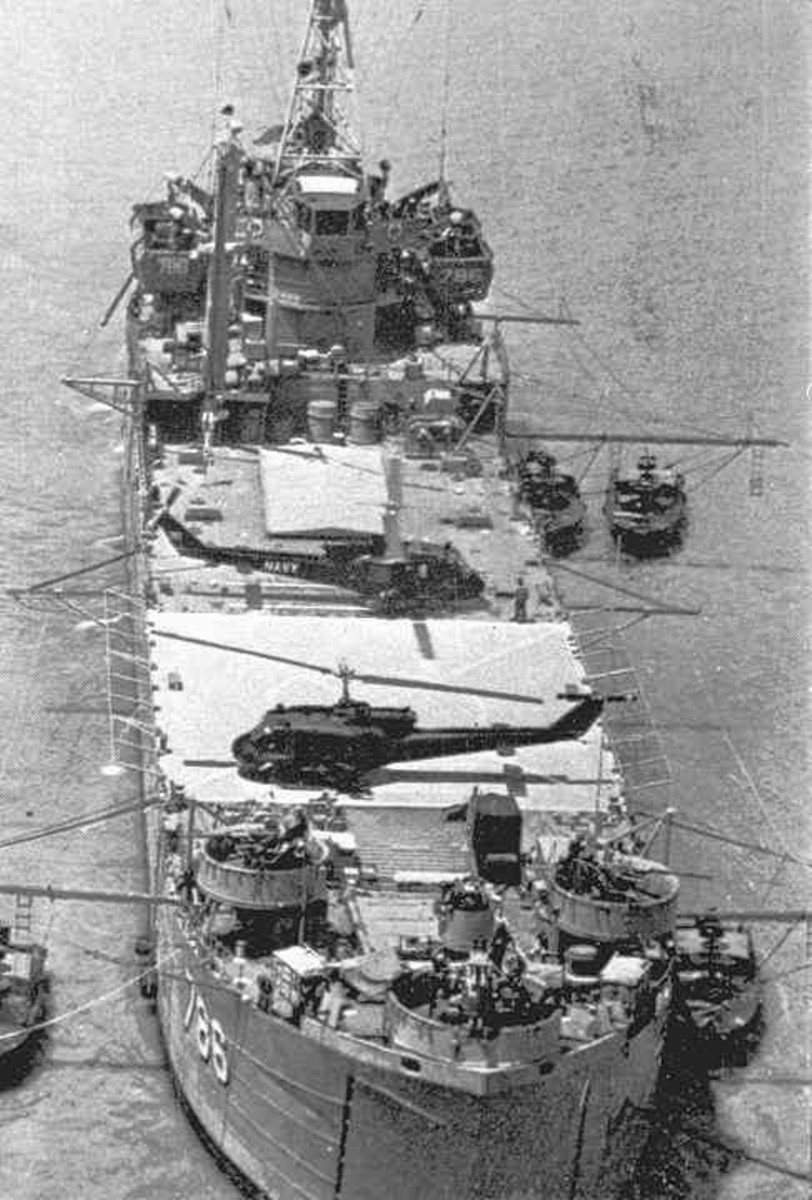 U.S. Navy patrol craft tender USS Garrett County (AGP-786) at anchor in the Mekong Delta, South Vietnam. On her deck are two Bell UH-1E Hueys of Helicopter Attack (Light) Squadron 3 "Seawolves" Detatchments 4 or 6 (1967-71?) 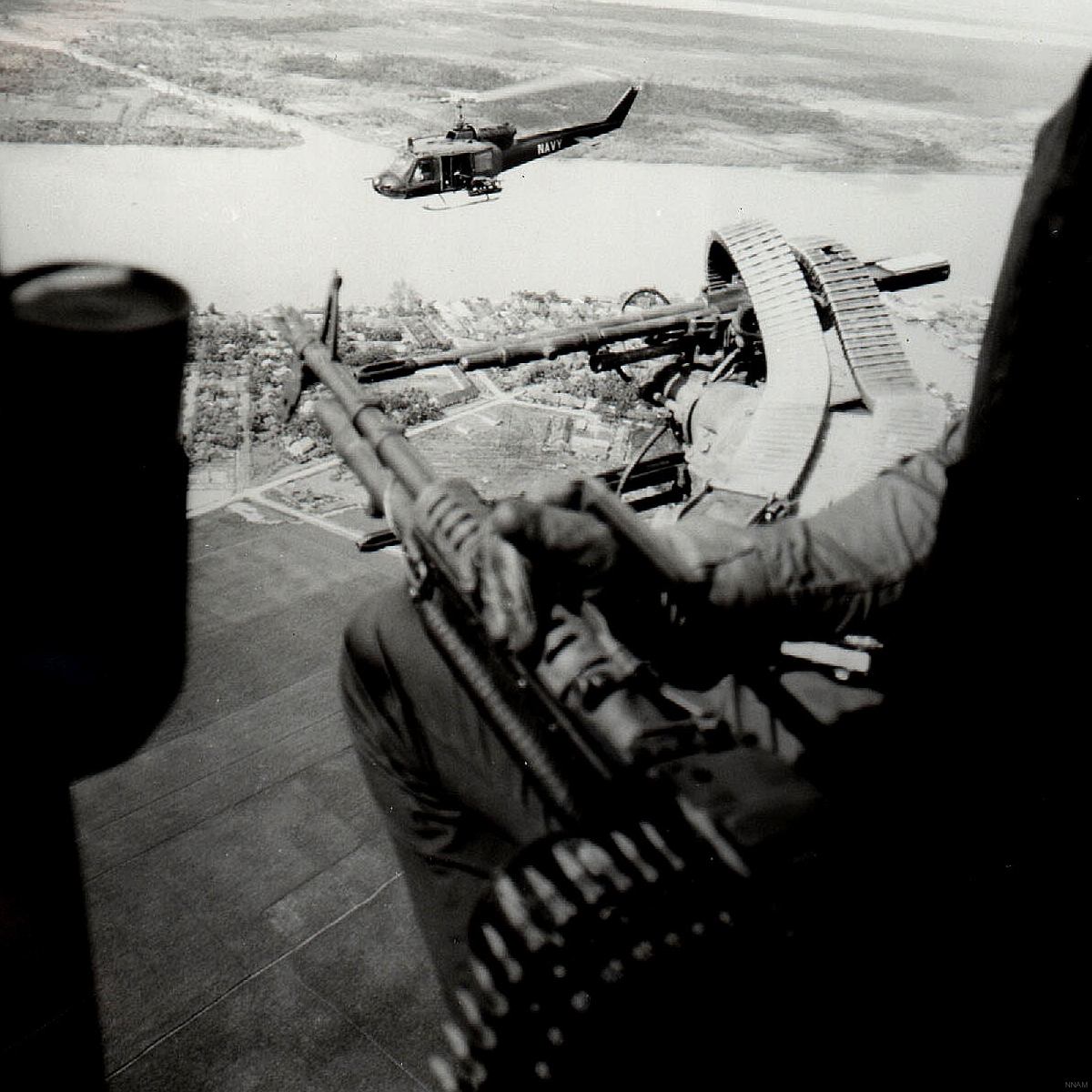 While on a combat mission near Can Tho, Republic of Vietnam, on 9 November 1967, the door gunner of an armed U.S. Navy Bell UH-1B Huey Helicopter Attack Squadron (Light) 3 (HA(L)-3 Seawolves, Detachment 7, gun at the ready, scans the rice paddies below him for signs of the enemy movement. Another Huey hovers over the river banks to assist in patrol operations by the Navy's River Patrol Boats. The only squadron of its kind, HA(L)-3 was established to specifically meet the tactical requirements of riverine warfare during the Vietnam War. 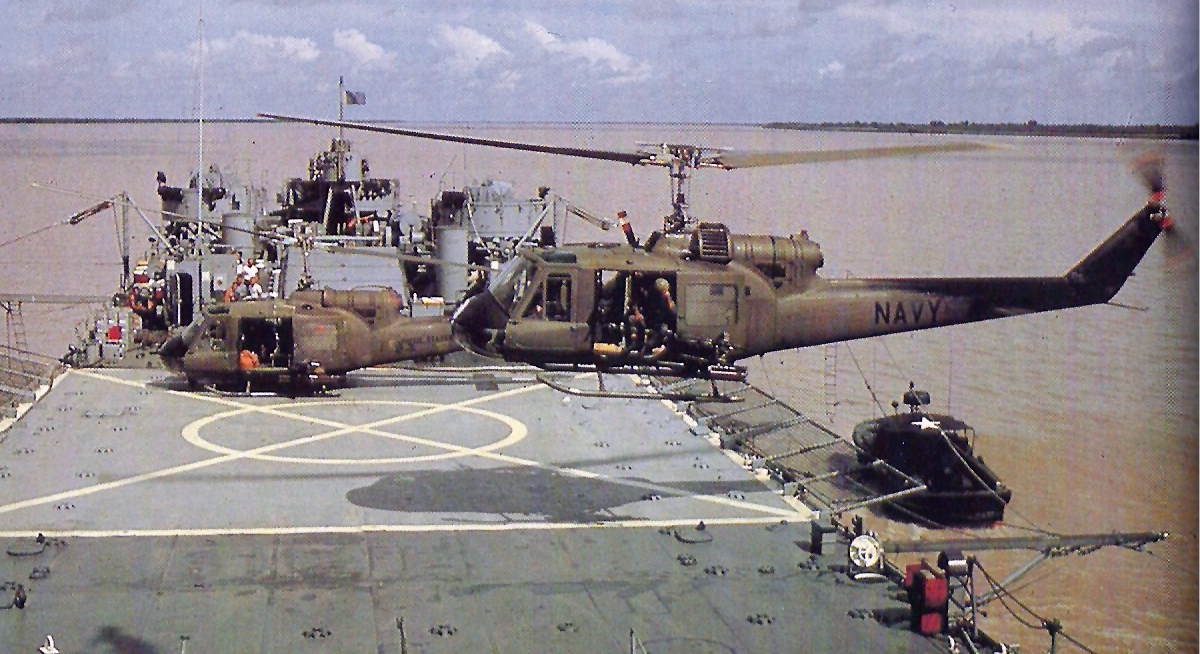 Bell UH-1E Huey helicopter of HAL-3 Seawolves landing on the converted tank landing ship USS Harnett County (LST-821) between combat operations in the Mekong Delta, Co Chien river, South Vietnam, in October 1967. A U.S. Army UH-1B is parked in the background 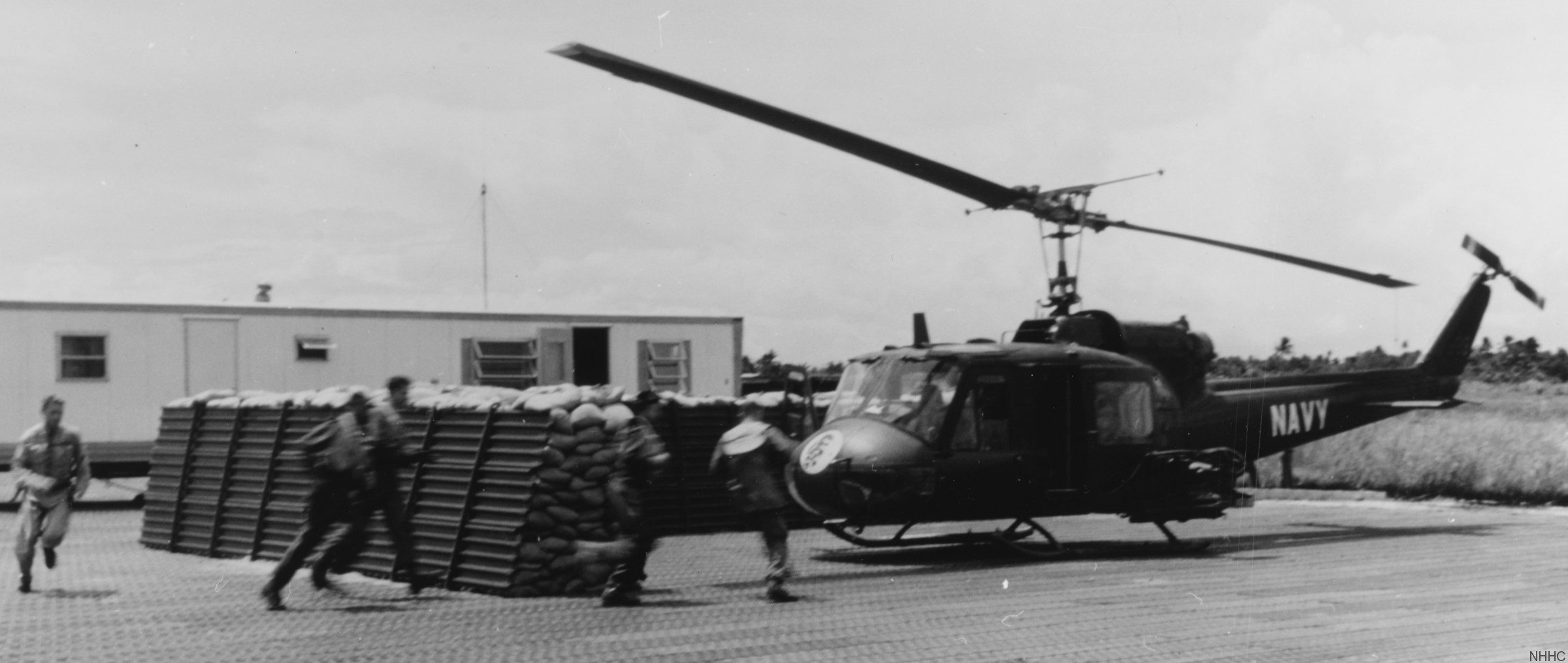 UH-1E Huey (HAL-3) - Vietnam War - 1967 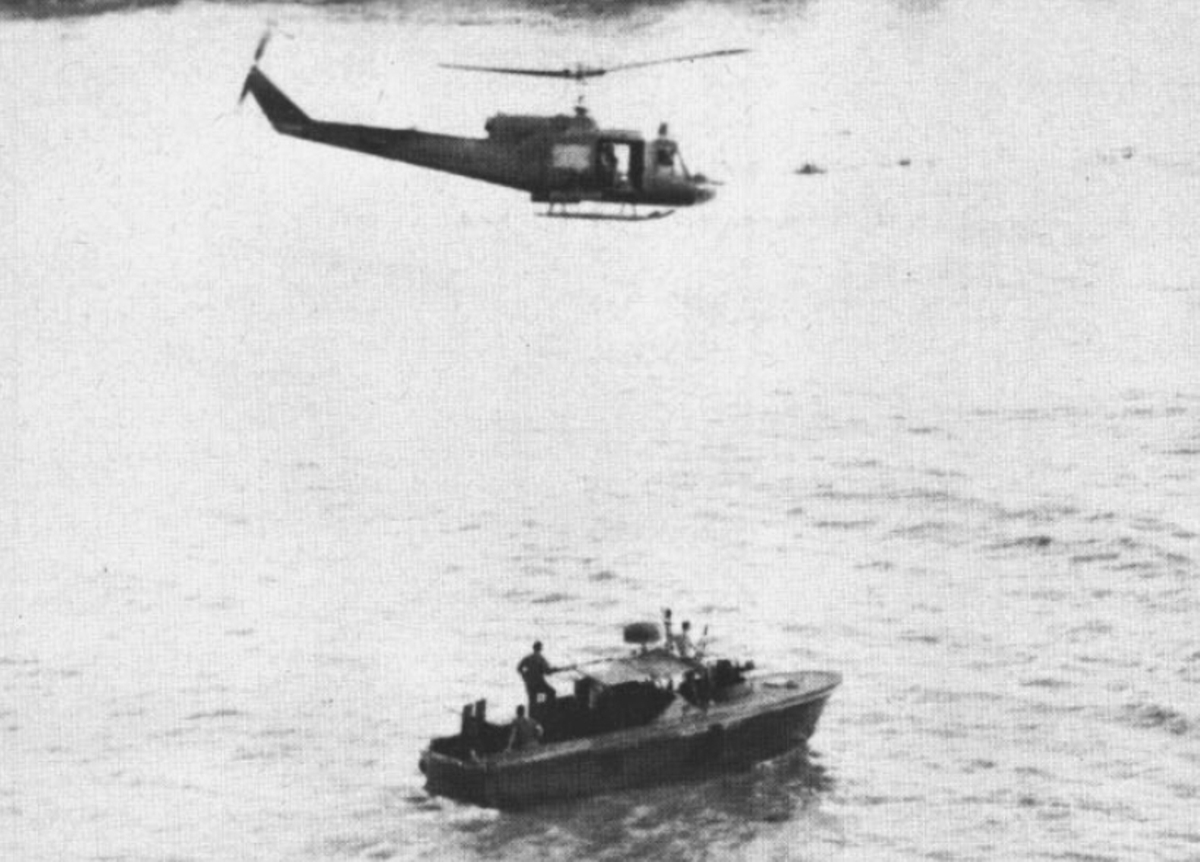 UH-1E Huey of Light Helicopter Attack Squadron 3 (HAL-3) Seawolves flies over a PBR boat during a rivierine patrol in Vietnam - circa 1967 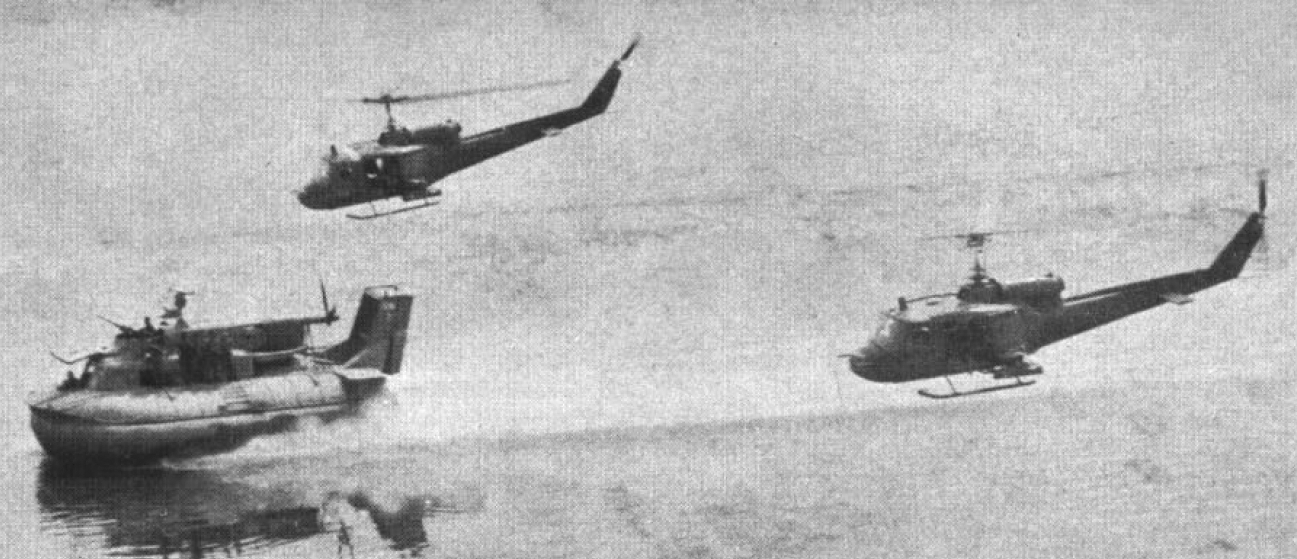 Two Bell UH-1E Huey of Light Helicopter Attack Squadron 3 (HAL-3) accompany a Patrol Air Cushion Vehicle in the Plain of Reeds, Vietnam - circa 1966 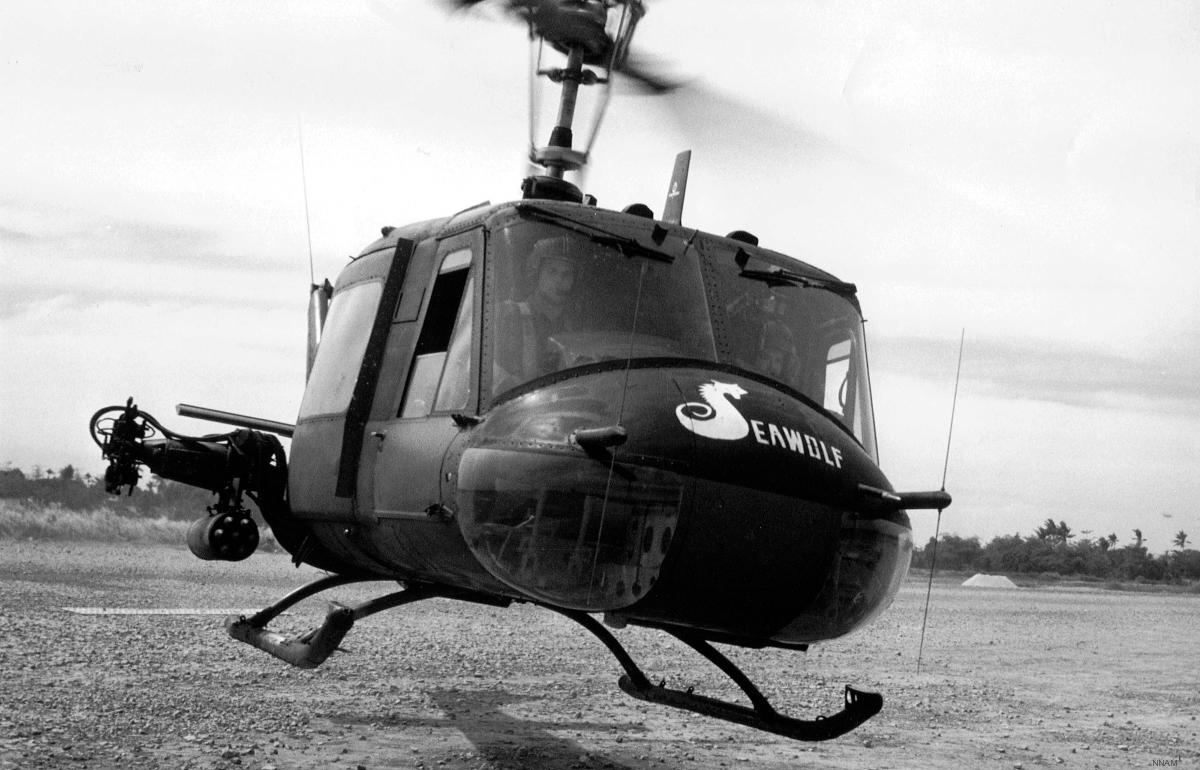 undated |
||||||
|
|
||||||
|
HA(L)-3, (Helicopter Attack Squadron
(Light) 3), nicknamed the "Seawolves", was an all-volunteer squadron
in the US Navy formed in support of Naval Special Warfare operations
and Mobile Riverine Forces during the Vietnam War. Beginnings of the Navy helicopter gunship: Prior to the Vietnam War, the helicopter was a valued tool within the United States Army for reconnaissance, Search and Rescue (SAR), and medical evacuation of wounded (MEDEVAC). Helicopters within the United States Navy were used for Search and Rescue (SAR), Vertical replenishment (VERTREP), Marine amphibious envelopment, and, experimentally, as mine sweepers. As an offensive weapon, the Navy developed the helicopter as an anti-submarine warfare aircraft, developing the capability to carry and launch torpedoes. As an offensive weapon for ground-based targets, the helicopter was relatively ignored in favor of traditional, fixed-wing aircraft. In 1965, the US Navy began joint operations off the southern coast of South Vietnam in support of the growing war. In the same year, the Navy began limited river operations in the Mekong Delta, disrupting the Viet Cong's lines of communications, locating supply caches, and eliminating tax collecting stations. Based on the "Brown-water" Navy's early success, a commitment was made to continue river operations on a full-scale basis in the Mekong Delta. It was also determined that key to the survival of the boats operating in the rivers would be close air support. Initially, the Brown-water Navy was supported by elements of the 145th Army Combat Aviation Battalion who had greater experience in helicopter gunship operations and tactics. Operating off a "Mothership", the USS Belle Grove (LSD-2), the Army and Navy worked together on Operation Jackstay. Although the joint effort was a success, it was felt that Naval Aviators and Aircrewman would be more suitable for the mission, especially since the mission would require the pilots and crews to operate off the deck of ships in all weather conditions, day and night. This, coupled with Army's pilots and aircrews lack of training in shipboard operations, identified a need for a dedicated, United States Navy, helicopter gunship program in Vietnam. The Birth of the HA(L)-3 and the Seawolves: In 1966, rotary wing support was originated as part of the response to the ongoing war in South Vietnam. Starting with Helicopter Combat Support Squadron ONE (HC-1), detachments of helicopter gunships transferred to the Navy to conduct combat operations in the Mekong Delta region of South Vietnam. HC-1, the "Fleet Angels", operated two-aircraft detachments of Army UH-1B gunships, staged from shore bases and patrol craft tenders. Providing a quick reaction, close air support (CAS) role for units of the Navy's River Patrol Force (also known as the Brown-water Navy), the effectiveness of the helicopter attack mission was quickly realized. In response, the Navy began to widen the mission requirements. This created a need for a specific Squadron in support of the mission requirements. In April 1967, HC-1 was divided into four separate units, Helicopter Combat Support Squadron THREE (Navy Vertical Replenishment), Helicopter Combat Support Squadron FIVE and Helicopter Combat Support Squadron SEVEN (Navy Combat Search and Rescue), and Helicopter Attack Squadron (Light) 3 (HAL-(3)), nicknamed the Seawolves. In 1966, the Navy sent a message fleet-wide, asking for volunteer Naval Aviators to man HA(L)-3. From the response, eighty Aviators were chosen to be the first "Seawolves" and transferred to Vietnam. On 1 April 1967, HA(L)-3 was officially established in South Vietnam under the command of LCDR Joseph B. Howard. The wolf on the patch was inspired by the lion logo on a Löwenbräu beer can; a trident as a symbol for the Navy was added, and a shield with a spade as a symbol for death with red and yellow colours as found on the flag of South Vietnam. Fighting in Vietnam: The Seawolves would see their first major action while still part of a detachment of HC-1. On 31 October 1966, two Navy boats encountered a superior force of over 80 boats transferring a Viet Cong battalion. Encountering fierce resistance from them, the Navy boat commanders requested close air support (CAS). Scrambling and arriving within approximately fifteen minutes, the Seawolves would claim 16 Viet Cong boats sunk or destroyed. After the commissioning of HA(L)-3, the Seawolves continued to support Navy Operations. Missions included Search and Destroy patrols, reconnaissance, medical evacuation (MEDEVAC), and SEAL Team insertion and extraction. By the time of their decommissioning on 16 March 1972, the Seawolves flew over 120,000 combat sorties over Vietnam and Cambodia. Over 200 Seawolves would be wounded in combat and 44 would be killed in action. Post Vietnam War developments: It would take the Navy four years from the disestablishment of HA(L)-3 to realize that it still had a need for this type of specialized, special warfare aviation support. With the establishment of Helicopter Attack Squadron (Light) Four and Helicopter Attack Squadron (Light) Five in 1976 and 1977, the Navy Gunships would once again join the fleet, though be in the United States Navy Reserve. Although these two units would never see combat as HAL squadrons, they would later go on to see combat in Operation Desert Shield/Storm, Operation Uphold Democracy, Operation Joint Endeavor, Operation Enduring Freedom and Operation Iraqi Freedom Freedom as HCS-4/HSC-84 and HCS-5. source: wikipedia |
||||||
|
|
||||||
|
|
||||||
| patches + more | ||||||
|
|
||||||
|
|
seaforces.org
|
US Navy
Air Units start page
| |
